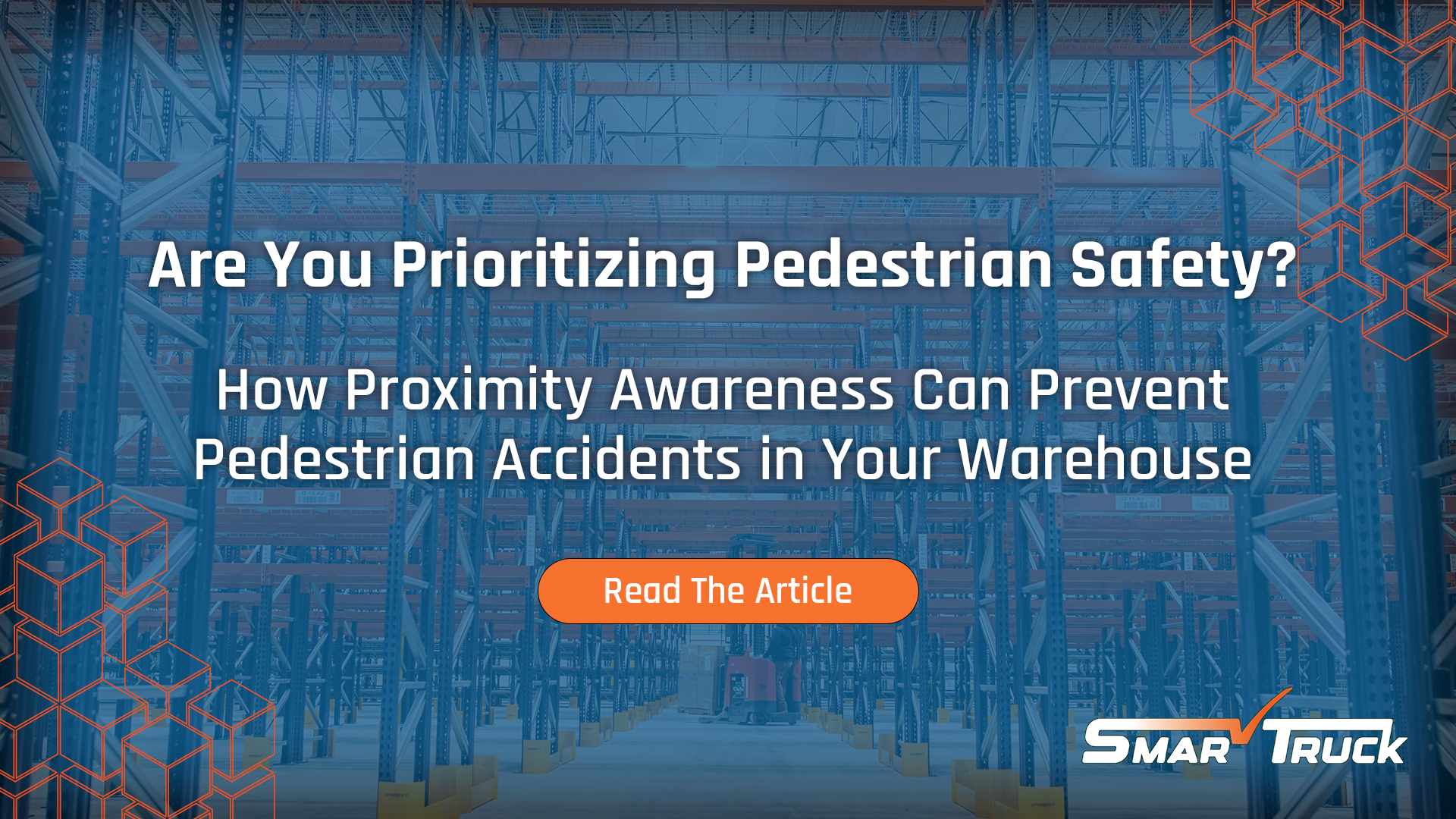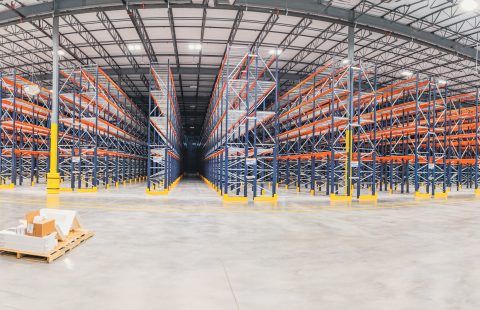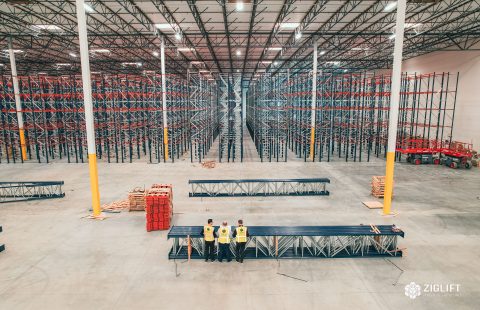
Is Your Warehouse Prioritizing Pedestrian Safety? How Proximity Awareness Can Prevent Accidents Before They Happen
In the fast-paced world of industrial operations, safety is often spoken about—but not always systematically acted upon. Nowhere is this more apparent than in the interaction between pedestrians and forklifts, where limited visibility, shared work zones, and communication breakdowns can turn ordinary movements into catastrophic outcomes.
According to OSHA and workplace injury data, roughly 1 in 5 forklift accidents involve a pedestrian, but alarmingly, those incidents account for over a third of all forklift-related fatalities. The scenarios are often tragically avoidable: pedestrians being struck in shared aisles, during load handling, or while a forklift is in reverse. These aren’t anomalies; they’re systemic failures in visibility, awareness, and coordination.
So, what’s really driving these incidents?
The Invisible Hazards in Plain Sight
Pedestrian collisions occur not only because of carelessness but because of systemic blind spots—both literal and metaphorical.
- Limited sight-lines from within forklifts mean operators often don’t see pedestrians until it’s too late.
- High-noise environments mask the sound of approaching machinery.
- Lack of real-time warning systems means there’s no mutual awareness—no signal, no second chance.
- Undertrained staff, especially temporary or seasonal workers, are disproportionately at risk due to unfamiliarity with the site or safety protocols.
Traditional safety signs and training videos, while important, no longer meet the needs of dynamic, high-traffic industrial environments.
Safety isn’t just training—it’s having real-time tools that actively reduce risk.
That’s where SafeTruck comes in.
SafeTruck uses proximity-based technology to fundamentally shift how industrial sites manage interactions between people and machines. With ultra-wideband (UWB) radio, compact wearable devices communicate with machine-mounted sensors to detect and help prevent collisions—before they happen.
Here’s how it works:
- When a forklift and a pedestrian enter each other’s proximity thresholds (which can be uniquely defined as SafeZones), audible, visual, and haptic alerts are triggered.
- Multiple activation zones allow for graduated warnings—first a subtle alert, then a more urgent one as the distance narrows.
- Wireless charging stations and optional Bluetooth integration allow devices to fit seamlessly into existing workflows and wearable technologies.
- SafePosts installed throughout the facility can define slow zones, guiding machine speed based on pedestrian density or high-risk areas.
What sets this system apart is its flexibility and precision. It doesn’t rely on guesswork or generic rules—it uses real-time data to initiate specific responses based on the situation.
Join the Shift Toward Smarter, Safer Workspaces
As automation and data become more embedded in day-to-day operations, safety systems must evolve in tandem. The traditional safety vest is no longer enough. In its place, we need systems that don’t just protect—they prevent.
This solution isn’t just a piece of technology—it’s a mindset shift. It moves us from reactive safety protocols to proactive intervention, where every potential accident becomes an opportunity for prevention. Because in a world where machines and humans must coexist, the smartest system is the one that knows when to stop.
Contact us today to learn more.


